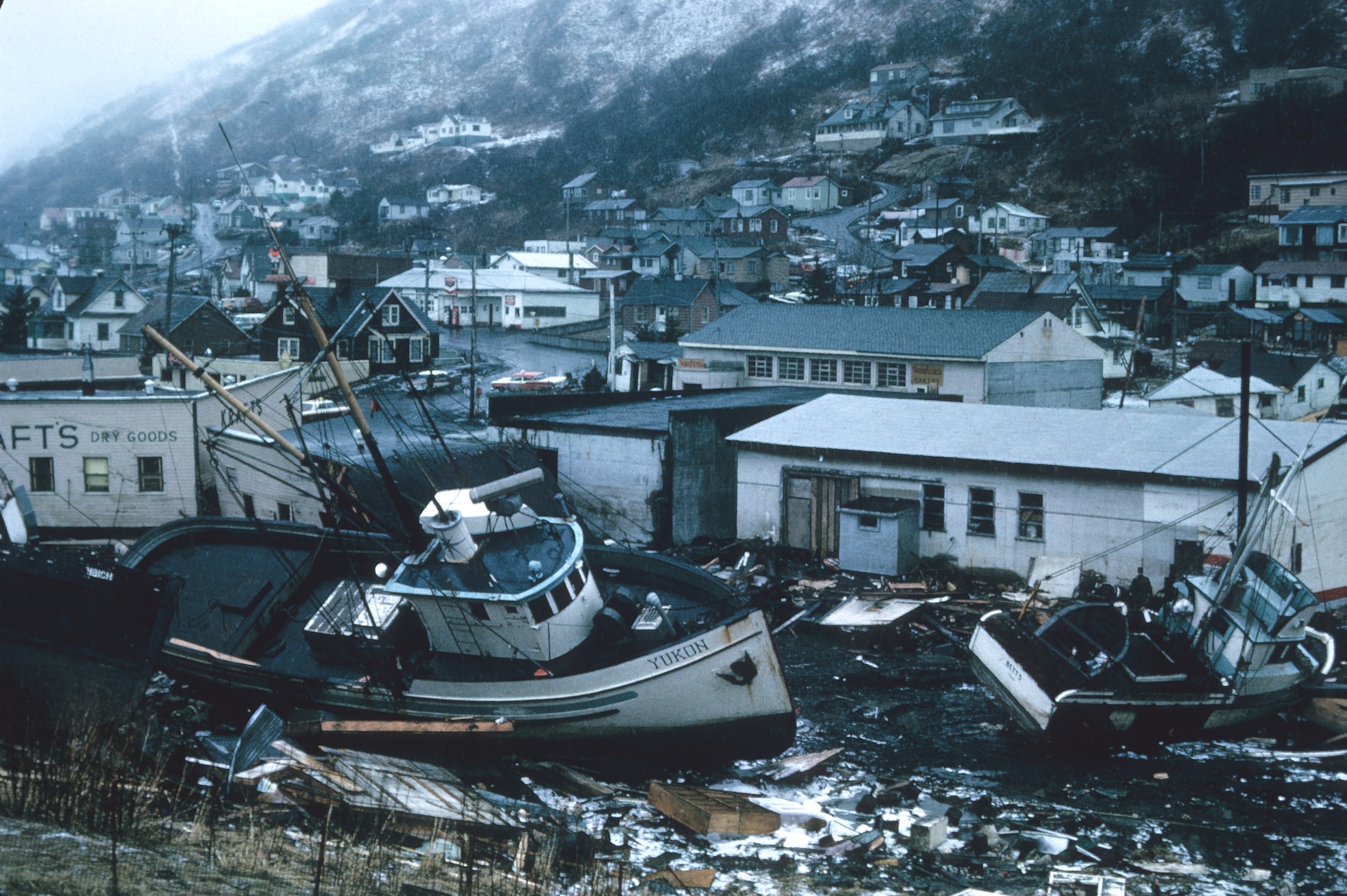Introduction
Disasters can strike at any moment, leaving us feeling vulnerable and unprepared. But what if I told you that science is revolutionizing the way we prepare for and respond to disasters? From advancements in real-time data analysis to cutting-edge technologies like drones and AI, new tools are giving emergency responders the ability to act faster, smarter, and more effectively than ever before. In this blog post, we’ll take a closer look at how science is changing disaster preparedness and response as we know it.
The New Science of Disaster Preparedness
Disaster preparedness has evolved significantly over the years, thanks to new scientific research and innovation. The traditional approach of emergency response is no longer enough to handle the complexities that come with modern-day disasters. With this in mind, researchers have been working tirelessly behind the scenes to develop a more systematic and effective way of handling emergencies.
One innovative method that has emerged from these efforts is risk assessment using advanced technology such as artificial intelligence (AI) and machine learning algorithms. These tools can analyze vast amounts of data in real-time, helping experts identify potential risks before they happen.
Another development in disaster preparedness science is improved communication systems. Effective communication plays a critical role in responding to any emergency situation effectively. Thanks to advancements such as satellite phones, high-frequency radios, and social media platforms like Twitter or Facebook; relief organizations are now better equipped than ever before.
Furthermore, there’s also been significant progress made with regards to evacuation planning by integrating Geographic Information Systems (GIS). This technology helps planners identify suitable routes for evacuees while factoring various hazards along the way like landslides or submerged roads.
Through a combination of cutting-edge technologies and scientific research initiatives aimed at improving disaster preparedness measures worldwide — we’re confident our ability as a planet will continue evolving towards being able better adapt when it comes time for these situations arise.
How Technology is Helping to Improve Disaster Response
Technology has played a vital role in improving disaster response. With the advent of new technologies, responders are now able to provide fast and accurate information about disasters which helps them to make informed decisions.
One way technology is helping is through social media. During a disaster, people usually turn to social media platforms such as Twitter, Facebook, and Instagram for quick updates on what’s happening around them. This real-time sharing of information can help emergency responders get an idea of where assistance is needed most urgently.
Another area where technology has improved disaster response is with drones. Drones equipped with cameras can quickly survey an affected area from above and gather critical data that would be difficult or dangerous for humans to collect. They have been used during natural disasters like hurricanes and earthquakes to assess damage and locate survivors.
Moreover, mobile apps have also made it easier for responders on the ground by providing essential tools at their fingertips such as mapping software or hazardous materials databases. These apps allow first-responders to access important information while they are working in the field without having to carry heavy equipment.
Communication systems that use satellite technology have proven invaluable during times when traditional communications infrastructure fails due to natural disasters. Satellite phones can be used by emergency teams in remote areas where there may not be any cellular service available ensuring they stay connected no matter how isolated the location may be.
Technology continues to revolutionize disaster preparedness & response efforts worldwide making rescue missions more effective than ever before!
Conclusion
Science and technology are playing a major role in revolutionizing disaster preparedness and response. With the development of new tools, such as drones and AI-powered software, emergency responders can quickly assess damage and respond to affected areas more efficiently than ever before. The use of predictive modeling and data analysis is also helping governments better prepare for disasters, reducing risks to human life and mitigating economic losses.
The advancements we’ve seen in recent years have given us hope that we can minimize the impact of natural disasters on communities around the world. However, it’s important that we continue investing in research to further develop these technologies so they can be used effectively during emergencies.
Ultimately, by leveraging science-based strategies alongside cutting-edge tools, we have the potential to save countless lives during times of crisis. We must work together across borders and sectors — from scientists to policymakers — to build resilient communities ready for whatever natural disasters may come our way.




